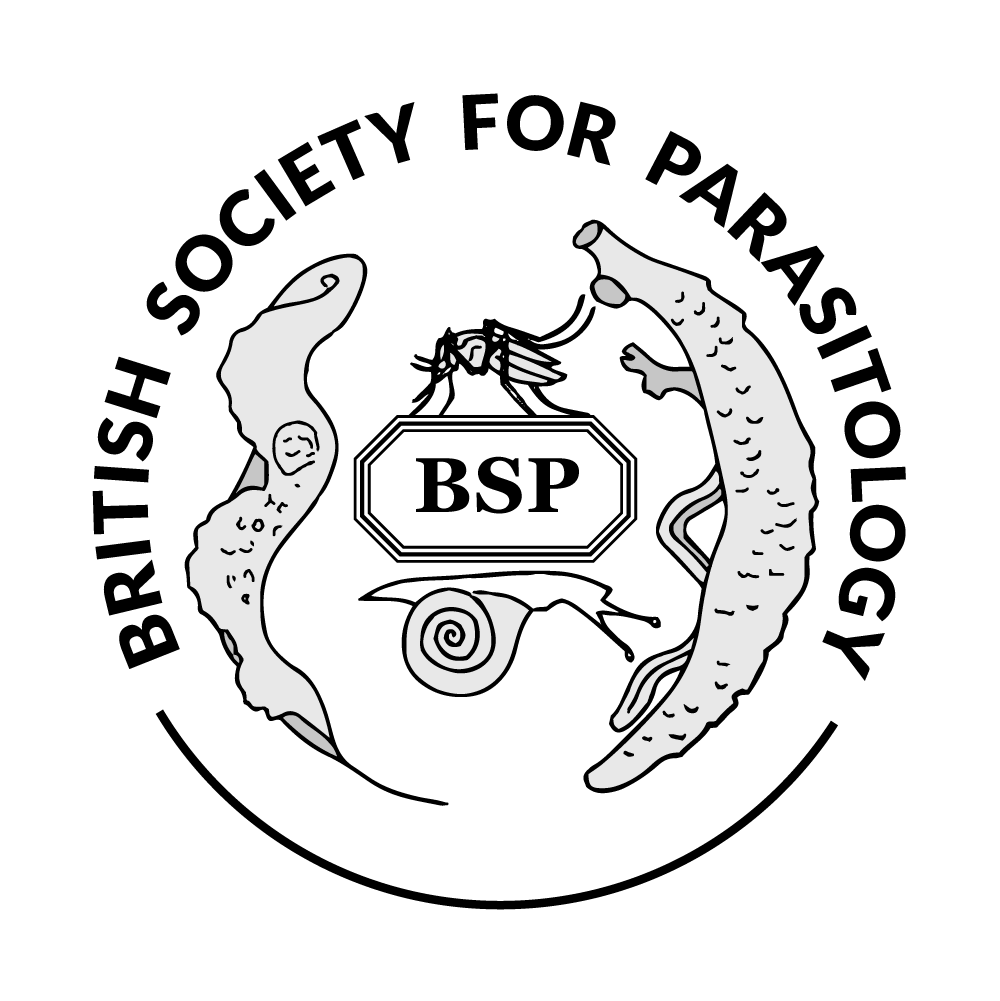Discussion
Leishmaniasis is a vector-borne Neglected Tropical Disease, caused by protozoan parasites of the genus Leishmania. There are approximately 1.3 million new cases of leishmaniasis world-wide each year claiming a significant number of lives. This infectious disease primarily affects the world's poorest countries and therefore antileishmanial treatments need to be affordable and accessible. Furthermore, given the threat of drug resistance there is an urgent need to develop a drug with a novel mode of action.
We have identified the Leishmania enzyme inositol phosphorylceramide synthase (IPCS) as a potential drug target. This membrane-bound enzyme is involved in the biosynthesis of the sphingolipids and has a role that differs from its mammalian orthologue which provides the potential to access selective drugs. An attractive strategy for drug development for NTDs is repurposing existing drug structures. Following this approach, a small set of known bioactive compounds (NINDS set) was screened against the Leishmania major IPCS. Following secondary screening against promastigote forms of the parasite, four compounds with activity greater than pentamidine were identified for further study. This presentation will discuss these results with a focus on work adapting the leading compound as a probe to further validate IPCS as the drug target.

